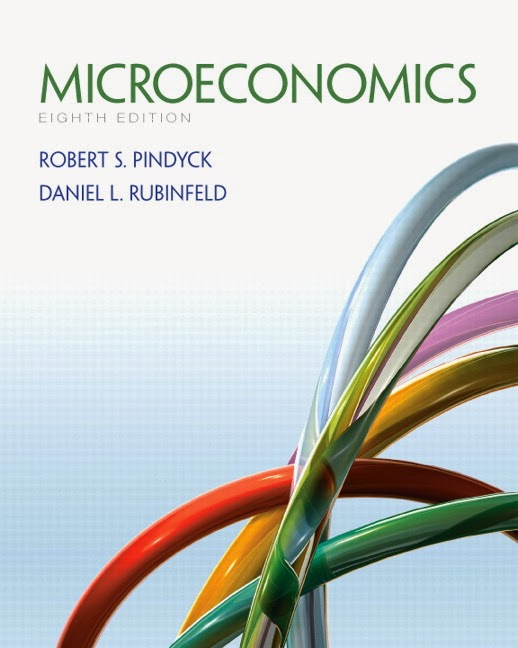
INTERMEDIATE MICROECONOMICS
 |
| Fall 2016 |
 |
Economics 201 INTERMEDIATE MICROECONOMICS |
|
|
|
|
|
|
C. Monopolistic Competition and Oligopoly 1. Monopolistic competition a. Characteristics (1) Many firms (2) Differentiated product (3) Free entry and exit
. b. Short run equilibrium . . . . . . . . . . c. Long run equilibrium
. . . . . . . . . d. Economic efficiency
. . . . . . . . . .
. 2. Oligopoly a. Characteristics (1) Few sellers (2) Homogeneous or differentiated product (3) Entry is difficult
. b. Barriers to entry (1) Economies of scale (2) Patents and copyrights (3) Name recognition and market reputation (4) Strategic actions by existing firms . c. Oligopoly models
. (1) Kinked demand curve . . . . . . . . . .
. (2) Price leadership
. (a) Price signaling
. (b) Dominant firm model
. . . . . . . . . . (3) Cartels
. (a) Conditions for success i) Stable organization whose members agree on price and production levels
. ii) Potential for monopoly power - demand is not highly elastic . (b) Equilibrium . . . . . . . . . . |